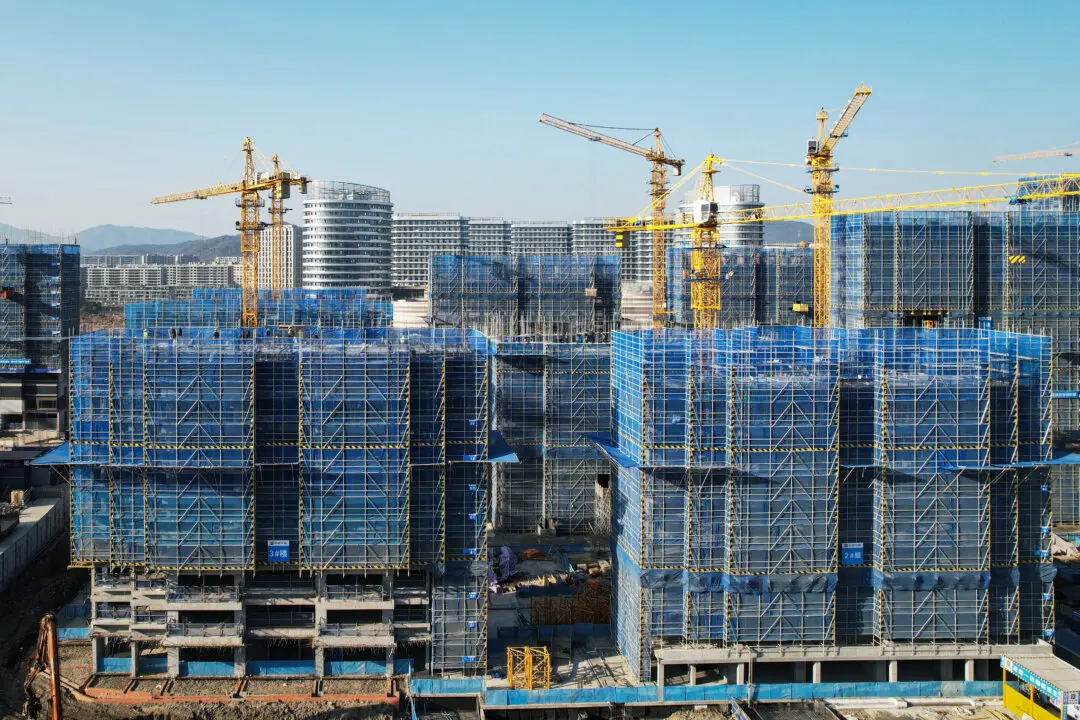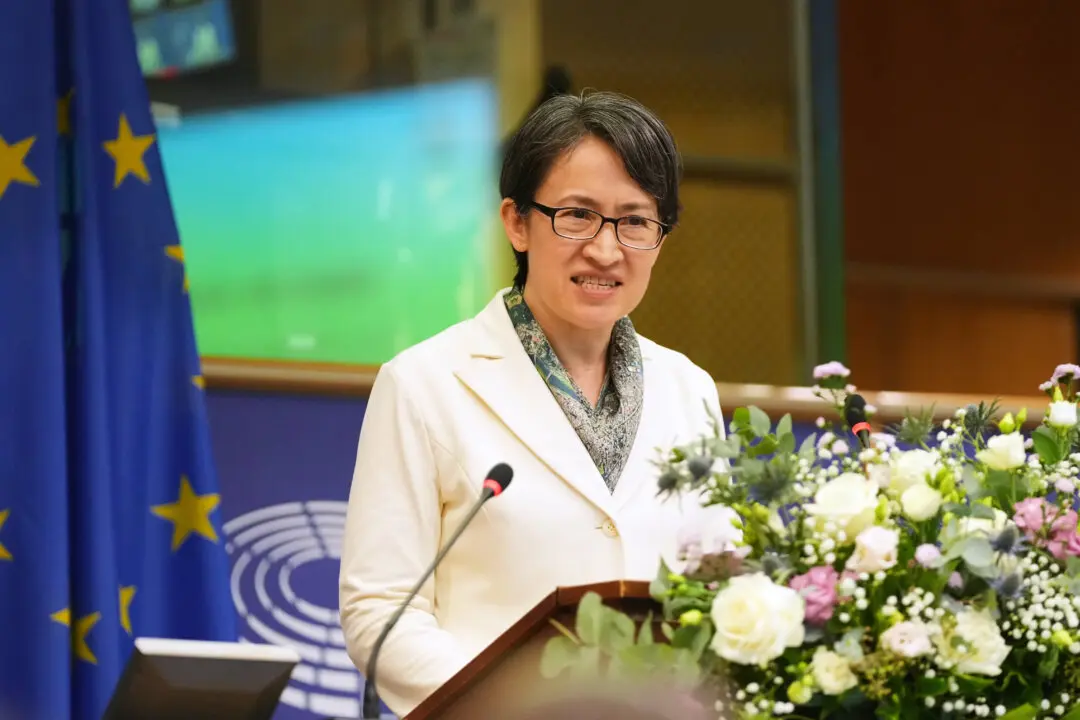Top Chinese leaders at a Chinese Communist Party (CCP) Politburo meeting last week expressed concern that the Wuhan coronavirus outbreak may put an end to their rule. They have decided to focus on preserving 11 major cities from being devastated by the virus.
Stephen Shiu Yeuk-yuen, a senior political commentator and media professional in Hong Kong, told the Hong Kong edition of The Epoch Times on Jan. 28 that he obtained the information from an insider in the CCP’s top leadership. According to Shiu, the Politburo emergency meeting was held on Jan. 25, on the day of the Chinese New Year.





